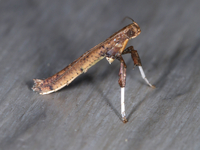
| Recorded by: Jim Petranka on 2023-08-22
Madison Co.
Comment: | 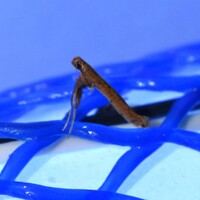
| Recorded by: Jeff Niznik on 2023-06-27
Durham Co.
Comment: |
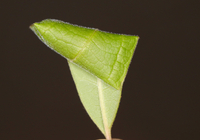
| Recorded by: Jim Petranka and Bo Sullivan on 2023-05-17
Moore Co.
Comment: | 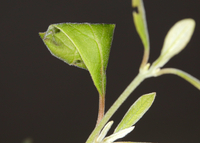
| Recorded by: Jim Petranka and Bo Sullivan on 2023-05-17
Moore Co.
Comment: |
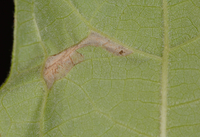
| Recorded by: Jim Petranka and Bo Sullivan on 2023-05-17
Moore Co.
Comment: | 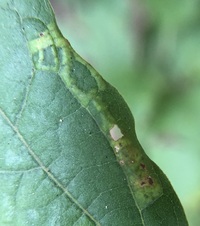
| Recorded by: Ken Kneidel on 2022-09-17
Mecklenburg Co.
Comment: |
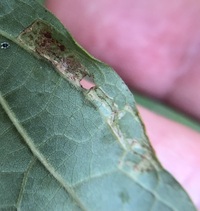
| Recorded by: Ken Kneidel on 2022-09-17
Mecklenburg Co.
Comment: | 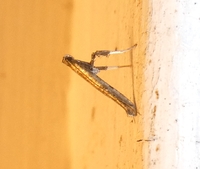
| Recorded by: Simpson Eason on 2022-03-23
Durham Co.
Comment: |
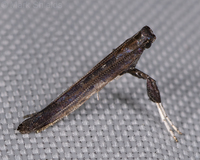
| Recorded by: Mark Shields on 2020-10-30
Onslow Co.
Comment: | 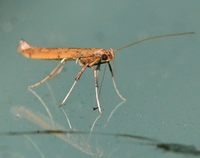
| Recorded by: Kyle Kittelberger, Brian Bockhahn on 2020-06-02
Alleghany Co.
Comment: |
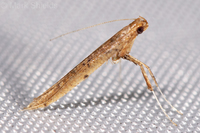
| Recorded by: Mark Shields on 2020-03-30
Onslow Co.
Comment: | 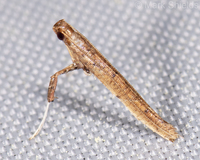
| Recorded by: Mark Shields on 2020-03-13
Onslow Co.
Comment: |
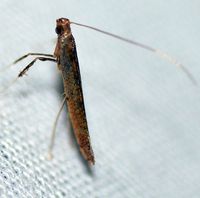
| Recorded by: B. Bockhahn, K. Kittelberger, P. Scharf on 2015-06-18
Avery Co.
Comment: | 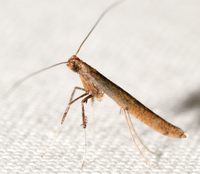
| Recorded by: Kyle Kittelberger, Brian Bockhahn on 2015-06-18
Avery Co.
Comment: |
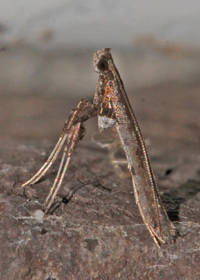
| Recorded by: Harry Wilson on 2014-04-04
Wake Co.
Comment: | 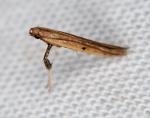
| Recorded by: T. DeSantis on 2013-12-06
Durham Co.
Comment: |
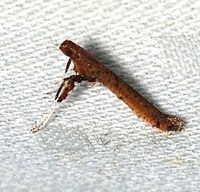
| Recorded by: Paul Scharf on 2011-09-26
Warren Co.
Comment: |

 »
»



 »
»

